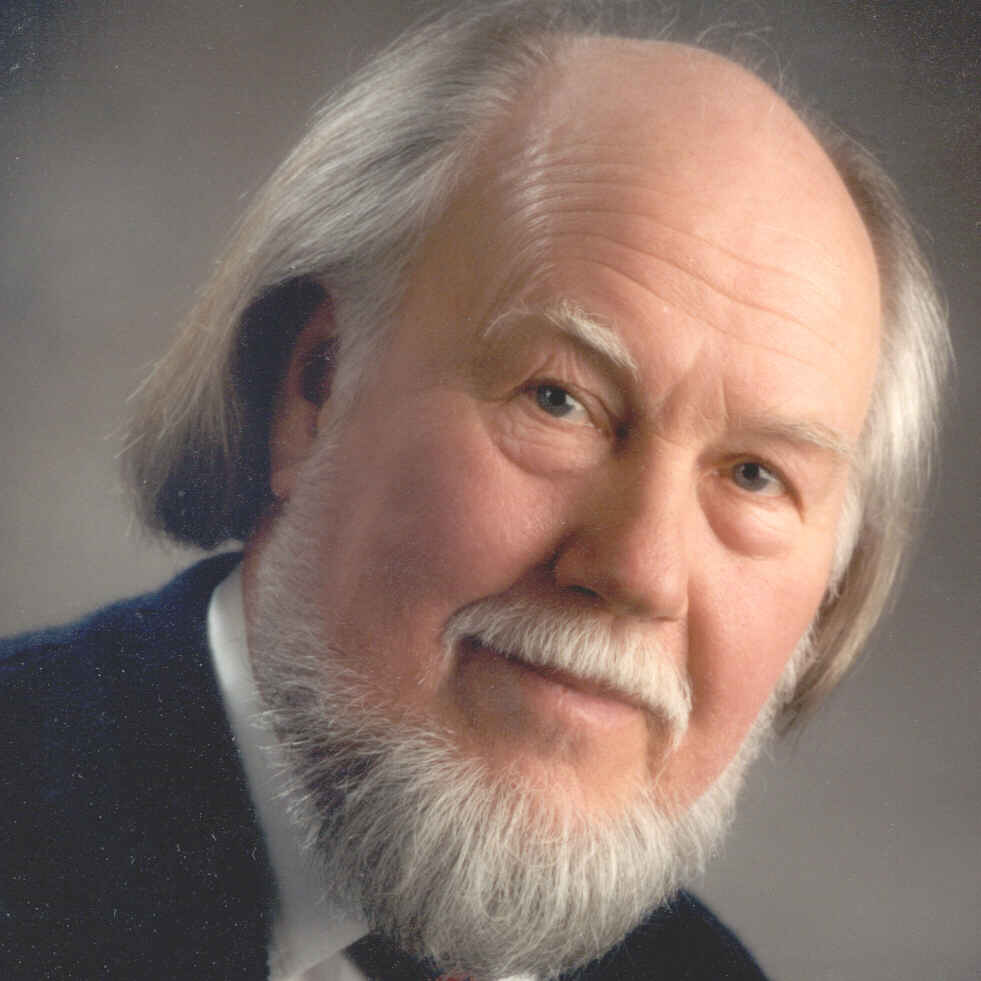Nils
Bohlin
[17 July 1920 – 21 September 2002]
Swedish inventor of the three~point safety belt for cars
(US Patent Number 3043625)
On 21 September 2002 Nils Bohlin was Inducted into the US National
Inventors Hall of Fame for Inventing the 3~point Safety Belt and
he died at home in Sweden
Volvo’s First Safety Engineer Saved Countless Lives and Advocated Seatbelt
Safety
It wasn’t the Crash Test Dummies who convinced a skeptical US public that the
3-point lap/shoulder safety belt was the safest way to go in automobiles. It was
a video of a “crash cart” with an egg strapped in that made the case to the US
Consumer Product Safety Commission for Nils Bohlin, safety engineer for Volvo
in Gottenberg, Sweden. For Bohlin knew when he came to America in 1968 to present
his work that creating acceptance for his belt and, more importantly, for wearing
it was as important as the design for the device itself.
Nils Bohlin, inventor of the 3-point safety belt,
is one of the inductees into the National Inventors Hall of Fame in 2002.
US patent #3043625 for the invention was assigned
in 1962 to Volvo, the automotive company that hired Bohlin as their first safety
engineer.
Bohlin began his career as an engineer designing
ejector seats for the Swedish aviation industry in the mid-1950's. At that time,
safety belts in cars were strapped across the body, with the buckle placed over
the abdomen. The position of the buckle often caused severe internal injuries
in high-speed crashes.
Ten years before the egg cart demonstration, in
1958, Bohlin was recruited to Volvo by its then-president, Gunnar Engellau, with
a mandate to make safety a principle selling point in the company’s cars. Coming
from the aerospace industry, Bohlin had seen the stresses that a human body undergoes
in high-speed crash situations, and he understood the limitations of restraint
devices, particularly those that were cumbersome, uncomfortable and difficult
to use. Following a year of extensive testing and re-engineering, his breakthrough
came with the realization that both the upper and the lower body must be held
securely in place with one strap across the chest and one across the hips, with
the joint for the two belts located just next to the occupant’s hip. It was an
elegant solution, so simple that a person could buckle-up with just one hand and
be comfortable in the process.
Simple though it was, it took nearly a decade from
the time Volvo sent Bohlin to the US to make his case to the Consumer Products
Safety Commission until the three-point belt was widely adopted in North America.
Initially they were standard equipment only for the front seats, but they have
since been installed in the rear seats as well.
“In a way, my design works as much because the
belt is comfortable for the user as it does because it is safer,” Bohlin said.
“The pilots I worked with in the aerospace industry were willing to put on almost
anything to keep them safe in case of a crash, but regular people in cars don’t
want to be uncomfortable even for a minute. Without consumer acceptance, no car
company or government agency can mandate that you buckle-up.”
The National Highway Traffic Safety Administration
(NHTSA) estimated that for the year 2000, safety belt usage in the US reached
85%, preventing 102'158 injuries, saving 4194 lives and $6.7 billion — and
that is just in the US. Also according to the NHTSA, lap and shoulder belts reduce
the risk of fatality in a car crash by 45-60%, and reduce the risk of serious
injury by 50-65%.
Bohlin's work in the US also was instrumental in
the development of seatbelt safety laws. In 2002, 49 states have laws mandating
seatbelt use. Many improvements have been made in automotive safety over the years,
and each manufacturer has its own unique way of styling safety into the overall
design of the car. But, worldwide, the Bohlin-type belt, patented in 1962, is
standard equipment on virtually every new vehicle.
“My greatest pleasure comes when I meet people
who tell me that a seat belt saved their life or the life of a loved one.” Bohlin
said. “Many inventions make life better for people. I have been fortunate to work
in the area of safety engineering, where innovation doesn’t just improve our lives;
it actually can save lives. I feel truly fortunate to be inducted into the National
Inventors Hall of Fame.”
Nils Bohlin had a long and distinguished career in safety
engineering in both the aerospace and automotive industries. His accomplishments
earned him awards and honors around the world, including his patent being selected
as one of eight which have had the greatest importance to mankind in the last
century by the Patent Office of West Germany. He has been elected into the International
Safety and Health Hall of Fame and the Automotive Hall of Fame, both in the US,
and, in 1995, he received a Gold Medal from the Royal Swedish Academy of Engineering
Sciences.
Bohlin retired in 1995 and lived in Ramfall, Sweden where
he enjoyed his garden and remained active as a safety advocate until the stroke
he suffered in May 2002, which was followed by a heart attack a few days before
his death on 21 September 2002, the very day that he was inducted into the US
National Inventors Hall of Fame.
 |
^^^

